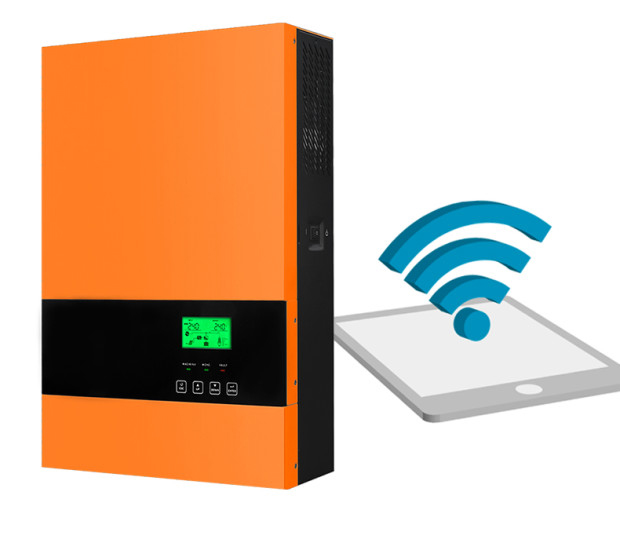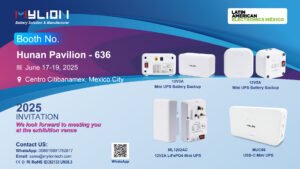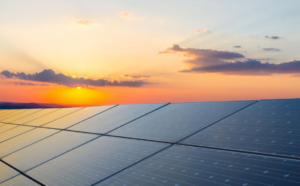1. Working principle and characteristics:
Working principle: The core of the inverter device is the inverter switch circuit, referred to as the inverter circuit. The circuit completes the inverter function by turning on and off the power electronic switch.
Features:
(1) High efficiency is required.
Due to the high price of solar cells at present, in order to maximize the utilization of solar cells and improve the efficiency of the system, we must try to improve the efficiency of the inverter.
(2) High reliability is required.
At present, the photovoltaic power station system is mainly used in remote areas, and many power stations are unattended and maintained, which requires the inverter to have a reasonable circuit structure, strict component selection, and requires the inverter to have various protection functions, such as: input DC polarity reverse protection, AC output short circuit protection, overheating, overload protection, etc.
(3) The input voltage is required to have a wider range of adaptation.
Because the terminal voltage of the solar cell varies with the load and the sunlight intensity. Especially when the battery is aging, its terminal voltage varies widely. For example, for a 12V battery, its terminal voltage may vary between 10V and 16V, which requires the inverter to ensure normal operation within a large DC input voltage range.
2. Classification of photovoltaic inverters
There are many ways to classify inverters. For example, according to the number of phases of the AC voltage output by the inverter, it can be divided into single-phase inverters and three-phase inverters; Divided into transistor inverters, thyristor inverters and turn-off thyristor inverters. According to the principle of the inverter circuit, it can also be divided into self-excited oscillation inverter, stepped wave superposition inverter and pulse width modulation inverter. According to the application in grid-connected system or off-grid system, it can be divided into grid-connected inverter and off-grid inverter. In order to facilitate optoelectronic users to choose inverters, here only the inverters are classified according to the different applicable occasions.
1. Centralized inverter
The centralized inverter technology is that several parallel photovoltaic strings are connected to the DC input end of the same centralized inverter. Generally, three-phase IGBT power modules are used for high power, field effect transistors are used for low power, and DSP is used at the same time. Converting the controller to improve the quality of the generated power, making it very close to a sine wave current, is typically used in systems for large photovoltaic power plants (>10kW). The biggest feature is that the power of the system is high and the cost is low, but because the output voltage and current of different PV strings are often not completely matched (especially when the PV strings are partially blocked due to cloudy, shade, stains, etc.), the centralized inverter is adopted. The change of the way will lead to the reduction of the efficiency of the inverter process and the decrease of the energy of the electricity users. At the same time, the power generation reliability of the entire photovoltaic system is affected by the poor working state of a photovoltaic unit group. The latest research direction is the use of space vector modulation control and the development of new topological connection of inverters to obtain high efficiency under partial load conditions.
2. String inverter
The string inverter is based on the modular concept. Each PV string (1-5kw) passes through an inverter, has the maximum power peak tracking at the DC side, and is connected in parallel at the AC side. The most popular inverter on the market.
Many large photovoltaic power plants use string inverters. The advantage is that it is not affected by module differences and shading between strings, and at the same time reduces the mismatch between the optimal operating point of photovoltaic modules and the inverter, thereby increasing the power generation. These technical advantages not only reduce system cost, but also increase system reliability. At the same time, the concept of “master-slave” is introduced between the strings, so that the system can connect several PV strings together and let one or several of them work under the condition that a single string of power cannot make a single inverter work. , thereby producing more electricity.
3. Micro inverter
In a traditional PV system, the DC input end of each string inverter is connected in series by about 10 photovoltaic panels. When 10 panels are connected in series, if one does not work well, this string will be affected. If the same MPPT is used for multiple inputs of the inverter, all inputs will also be affected, greatly reducing the power generation efficiency. In practical applications, various occlusion factors such as clouds, trees, chimneys, animals, dust, ice and snow will cause the above factors, and the situation is very common. In the PV system of the micro-inverter, each panel is connected to a micro-inverter. When one of the panels fails to work well, only this panel will be affected. All other photovoltaic panels will operate at their best, making the overall system more efficient and generating more power. In practical applications, if the string inverter fails, it will cause several kilowatts of solar panels to fail to function, while the impact of the micro-inverter failure is quite small.
4. Power optimizer
The addition of a power optimizer (OptimizEr) to the solar power generation system can greatly improve the conversion efficiency, and simplify the function of the inverter (Inverter) to reduce costs. In order to realize a smart solar power generation system, the device power optimizer can really make each solar cell perform its best performance, and monitor the battery consumption status at any time. The power optimizer is a device between the power generation system and the inverter, and its main task is to replace the original optimal power point tracking function of the inverter. The power optimizer performs extremely fast optimal power point tracking scanning by analogy by simplifying the circuit and a single solar cell corresponds to a power optimizer, so that each solar cell can truly achieve the optimal power point tracking , In addition, the battery status can be monitored anytime and anywhere by inserting a communication chip, and the problem can be reported immediately so that the relevant personnel can repair it as soon as possible.
Mylion Inverter Website: https://goldenrod-nightingale-259904.hostingersite.com/category/inverter/











